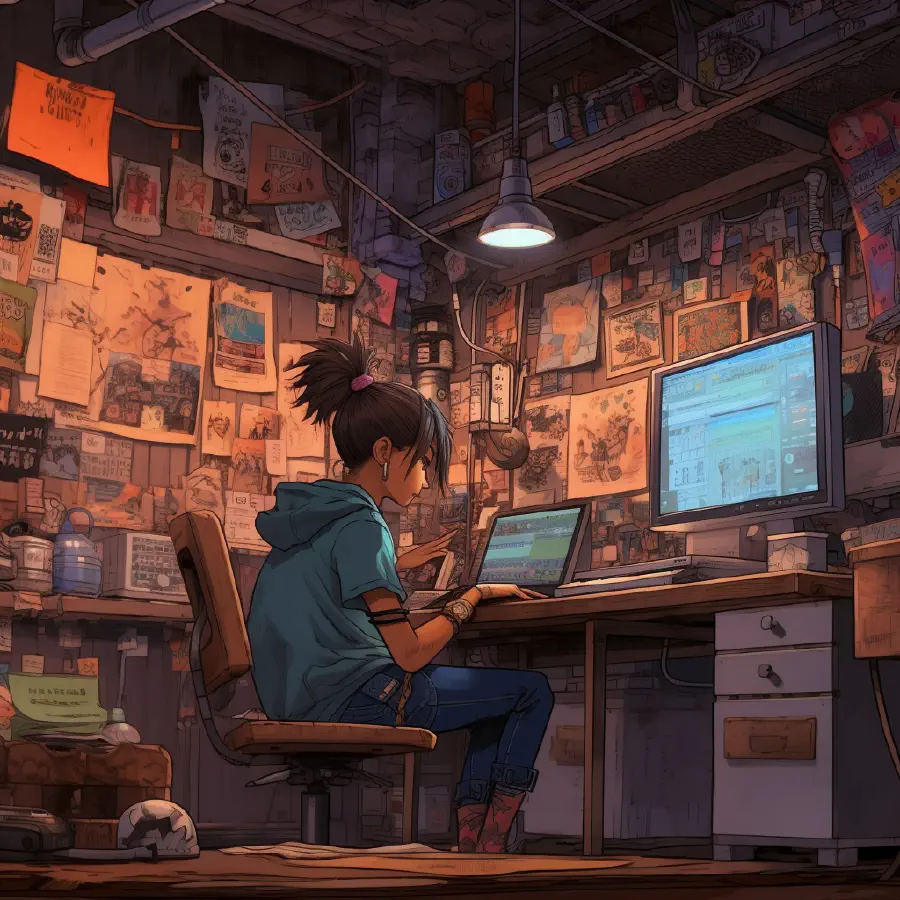
Embrace the unfamiliar
Opening Photoshop for the first time can be daunting, there are lots of options and the tools probably don’t make much sense. But fear not; I’ve got you covered. Here are 10 methods to master Photoshop and some common mistakes to consider.
Also, if you want to get into image editing or design but want to avoid the Adobe subscription model. There are some options for you too.

Online tutorials
1. Online Tutorials
Everyone on the internet is an expert! Luckily you can find some genuinely knowledgeable people on platforms like YouTube and Skillshare. The cost of education varies depending on the platform, but in all honesty, Youtube has some great content. So that’s where you should start. If you are getting stuck finding a solid tutorial, try searching for something specific, e.g. ‘How to retouch a photo in Photoshop’ or ‘Explanation of all the Photoshop tools’. Once you get the bug for image editing, you can branch out to Skillshare or Udemy. Skillshare is more designer focused, and they usually have a free trial. It’s my favourite, and many influential artists from Instagram or TikTok create content for Skillshare. Unless you want to learn techniques from a specific artist, Youtube will give you plenty of options.
2. Design Forums and Communities
Check out Reddit. There are general topics like r/photoshop and r/design and more niche design-related ones like r/typography. Keep in mind it is Reddit, so try not to get sucked into scrolling through content.
Influencer can be a dirty word these days, but designers with large followings tend to encourage interaction among their followers. So get active on Instagram, Twitter, Discord, wherever and connect with experienced users who can offer critiques to help you develop your skills.
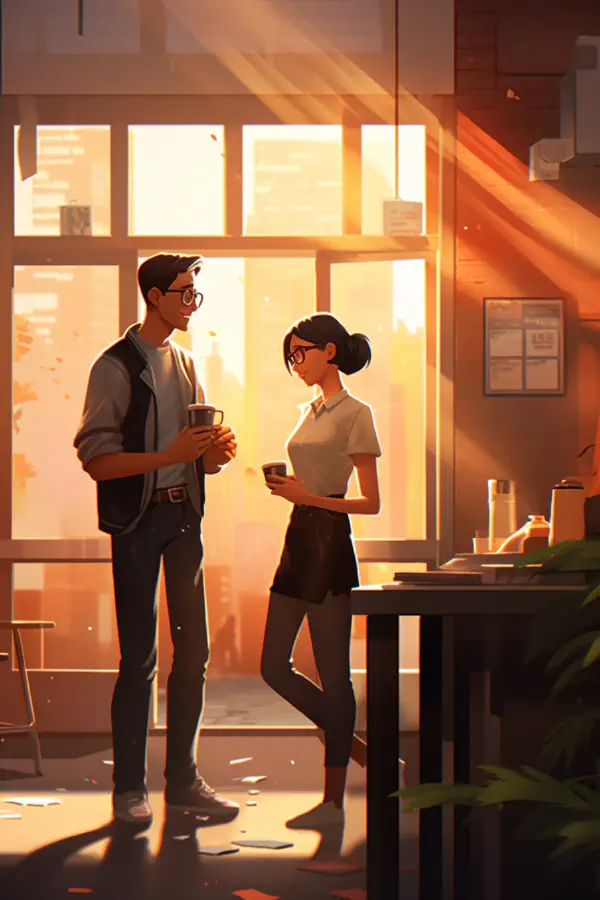
Design meetups
3. Local Workshops and Meetups
This one will make introverts shudder, but it might be worth doing if it scares you a little. There’s nothing like face-to-face learning. So look for local Photoshop workshops and meetups in your area where you can network and learn with other designers. You might find this method easier once you become more active on social media and have made a few connections, but it’s worth following any local shared workspaces. They are an excellent place to check for workshops or meetups.
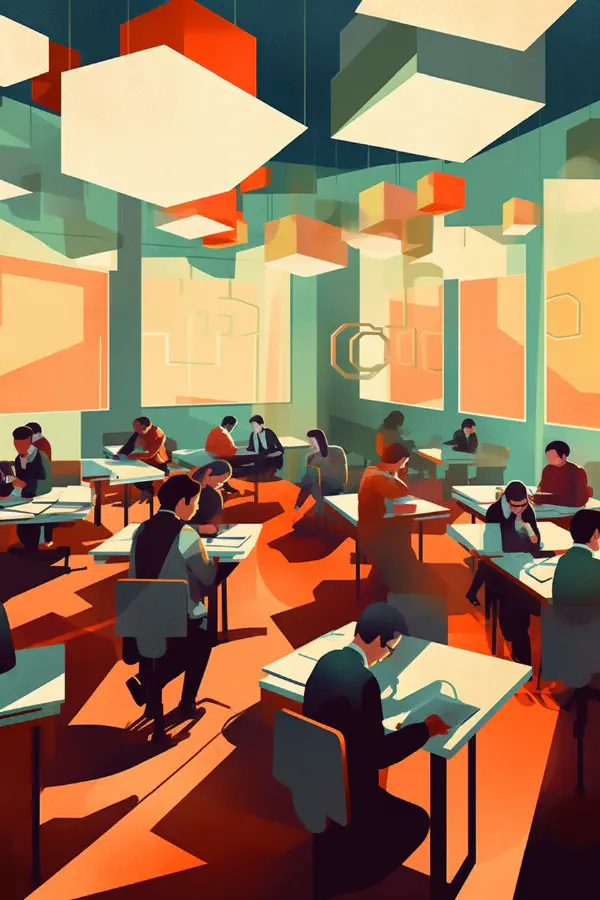
Structured learning
4. Structured Courses
If you work better with a predetermined lesson structure, consider looking for courses on Udemy, Lynda or a local college. Don’t just hand over your money, though. Instead, research who is presenting the course, their experience level and the sentiment among people who have completed it.
5. Design Challenges
I’m talking about actual design challenges, not the websites that disguise spec work as “freelance opportunities”. Dribbble has a weekly design challenge (it’s also a great source of inspiration), and you’ll also see how other designers approach the task. If you don’t want to wait a week between challenges, try FakeClients. It will generate a client, company and short brief. This is more of a solo approach, so post your work on social media if you want feedback.
6. Master Keyboard Shortcuts
Keyboard shortcuts are like superpowers (ctrl+z / cmd+z is essential). You’ll work much faster and be more efficient if you put the time into learning the shortcuts. Use them enough, and muscle memory will take over. It’s common for an experienced Photoshop user to use shortcuts and not be able to tell you which keys they are pressing.
7. Create an Accountability Group
Connect with other Photoshop users by joining or creating an accountability group. You can share resources, offer feedback, and, most importantly, make sure everyone is spending time learning Photoshop.
8. Analyze Other Designers’ Work
Study work from other designers and try to reverse-engineer their methods. This will help you better understand Photoshop, and the process generally sparks new ideas. However, if you are brand new to Photoshop, leave this until you know the essential tools.
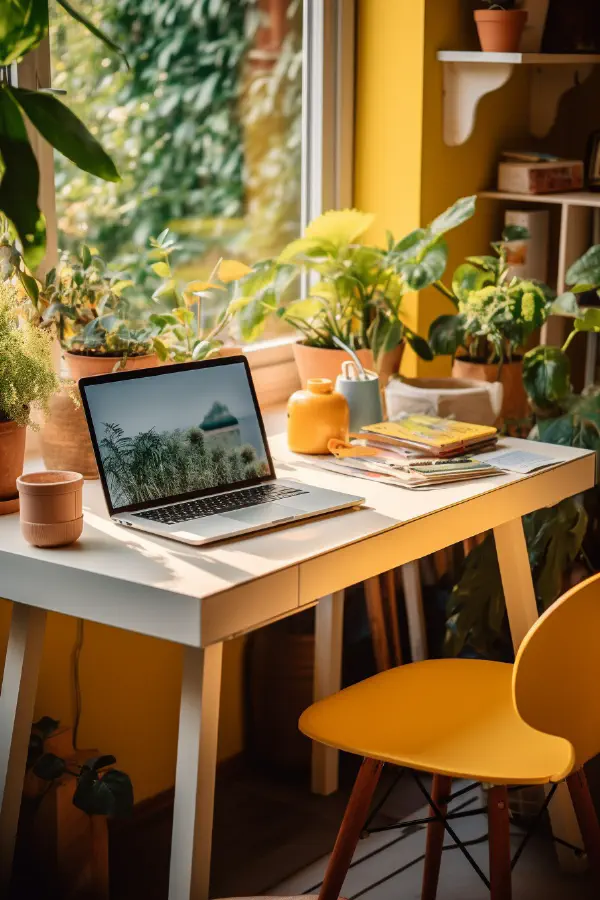
Daily practice
9. Daily Practice
Learn by doing. Research is fantastic, but it doesn’t compare to using the tools. So set aside time each day to practice. Creating a habit can be challenging, so if you need to, start small. Even if you are just doing 5-10 minutes in Photoshop each day initially, you’ll find it easier to remember shortcuts and the location and function of tools. If you can jump right into an hour a day, more power to you. Regardless of your initial practice duration, daily practice will give you significantly more significant progress than trying to cram once a week.
10. Personal Projects
This overlaps with design challenges, but make this more about you. Create something that you want to bring into the world, artwork for your walls, retouching old photographs, it doesn’t matter, just make it important to you. You will be the client and the designer.
Common mistakes to avoid when learning Photoshop
Overusing Filters and Presets
Using them as a jumping-off point is fine, but after you’ve used Photoshop for a while, it’s easy to see when an artwork is full of default presets. If you want your work to look original, learn how the adjustments and tools function, and then use settings specific to your style.

Asset organisation
Poor Layer and Asset Organization
It doesn’t matter how long someone has been using Photoshop; every designer gets lazy sometimes and ends up with a file full of unnamed layers. Develop good habits around naming, grouping, and organizing your layers and assets within Photoshop. It makes it easier to locate and edit later. It also means you can send the file to another designer, and they won’t be lost in your mess.
Over-editing Images
Restraint is a skill that needs to be learnt. When making edits, ask yourself, ‘Am I making this better?’. Generally, a less is more approach works best. Avoid using effects and adjustments excessively; subtlety will lead to a more refined outcome.
Not Using Non-destructive Editing Techniques
Ctrl+z only goes so far. Design is largely about experimentation, and sometimes you want to go back a few steps. Learn non-destructive editing methods, such as Smart Objects and layer masks. Non-destructive techniques don’t override the original image and make it easier to try different approaches without completely restarting.

Other options
Photoshop alternatives
Adobe programs have not been my preferred tools for several years. They were the pinnacle of design software for a long time, and nothing came close. However, there are many options out there now that are worth considering.
Affinity Photo
The Affinity suite of products is my go-to. They load much faster than any Adobe program and, in my experience, rarely crash and can handle large files much better. Affinity Photo is about as ‘Photoshop’ as possible but in a much cheaper, faster package. The iPad app is also quite good.
Gimp
If you have a friend that uses Linux, they’ll try to get you to use Gimp. It’s an open-source image editor that is actually pretty great. Completely free but has gained little traction amongst the graphic design community.
Pixelmator Pro
Mac only and best described as ‘Photoshop lite’. The features are great, and the software is fast and lag-free. The only times I’ve felt constrained are when I’ve needed to do highly technical photo manipulation or wanted a specific Photoshop filter.
Mastering Photoshop takes time, but if you stay consistent, using the program will become second nature. In addition, Photoshop is the blueprint for many newer design programs, so transitioning to other software is easy once you understand the tools and shortcuts. So, get out there and embrace the learning process.
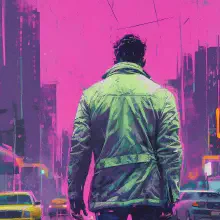
About the author
Head of Type Gang (HOTG)
An experienced designer and agency owner, I've had a successful career spanning freelance to creative direction roles. I've reviewed countless portfolios and understand what attracts clients. Helping others succeed is what makes me happy. That's what I'm trying to do with Type Gang.
About Type Gang